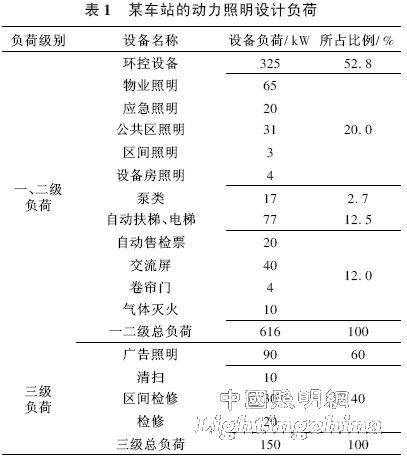1 Overview of energy consumption in China's subway
In December 2009, the State Council approved the subway construction plan for 22 cities with a total investment of 828 billion yuan. By 2010, the number of urban rail transit lines in China will reach 55 and the mileage will reach 1,500 km. By 2016, China will build 89 new urban rail transit lines with a total construction mileage of 2,500 km. The rapid construction of the subway has made the energy consumption of the subway more and more prominent, and the energy saving work of the subway system has become more necessary and urgent.
1. 1 Energy consumption characteristics of the subway system
Although the subway has the advantage of lower energy consumption than other urban transportation modes, the huge subway system still makes it among the largest cities in the city. According to the data, the operation of Shenzhen Metro Line 1 consumes more than 100 million kWh per year, and the operating electricity costs account for about 36% of the variable cost, which is the third place in the operation cost of the subway. The relevant data in the 2008 commissioned operation management contract of Shanghai Rail Transit Line 1 indicates that the total cost of Shanghai Rail Transit Line 1 in 2008 was 295.58 million yuan, of which the cost of electricity was as high as 118.85 million yuan, accounting for 40. 2 of the total cost. %.
1. 2 Energy distribution of metro station system
The main energy consumption of the subway operation is the electricity load. According to the statistics of energy consumption statistics of current operating lines, vehicle electricity accounts for 50%~60% of total electricity consumption; station and base electricity accounts for 40%~50% of total electricity consumption. The power, lighting, ventilation and air conditioning systems in the station account for more than 90% of the station's electricity consumption. Take the station of Shanghai Urban Rail Transit Line 9 as an example: the power lighting design load of a station is shown in Table 1; for the 7 underground stations of Shanghai Rail Transit Line 9 (Yishan Road Station to Zhongchun Road Station) The statistical results of the lighting load and follow-up are shown in Table 2.


In recent years, with the advancement of technology and the strengthening of energy-saving management, many devices have adopted energy-saving control modes. For example, air conditioning and ventilation systems only start working under certain conditions of temperature and air quality. Most of the subway escalators have adopted energy-saving control methods. When no passengers step on the elevator, the elevator works with a theoretical energy consumption of 12.5% ​​[1]. Table 2 shows that although the lighting system only accounts for 14.2% ~ 16.1% of the average equipment load of the entire station, the total lighting load of each station has reached 197 kW and 207 kW, and it has the characteristics of long-term continuous operation. Due to the limitations of design specifications and operational management, the energy waste of the current station lighting system is more serious.